Resources
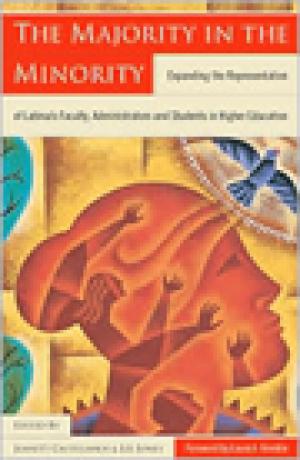
Latinas/os are the largest ethnic minority group in the U.S. They are propelling minority communities to majority status in states as disparate as California, Florida, New Jersey, New York and Texas. Their growth in the population at large is not reflected in higher education. In fact Latinos are the least represented population in our colleges and universities, whether as administrators, faculty or students; and as students have one of the highest levels of attrition. Opening access to Latinas/os, assuring their persistence as students in higher education, and their increased presence in college faculty and governance, is of paramount importance if they are to make essential economic gains and fully to participate in and contribute to American society. In this ground-breaking book, twenty-four Latina/o scholars provide an historical background; review issues of student access and achievement, and lessons learned; and present the problems of status and barriers faced by administrators and faculty. The book includes narratives by graduate students, administrators and faculty that vividly bring these issues to life. This is a book that should be read by policy makers, college administrators, student affairs personnel and faculty concerned about shaping the future of higher education -- and constitutes an invaluable resource for all leaders of the Latino community. (From the Publisher)
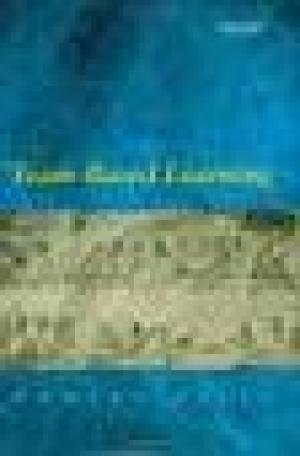
Howard Hills' Team-Based Learning shows how the ability to learn lies at the heart of effective working in teams. His book identifies the ingredients that turn good teams into teams that improve. (From the Publisher)
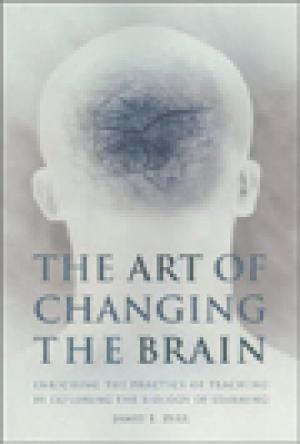
Neuroscience tells us that the products of the mind -- thought, emotions, artistic creation -- are the result of the interactions of the biological brain with our senses and the physical world: in short, that thinking and learning are the products of a biological process. This realization, that learning actually alters the brain by changing the number and strength of synapses, offers a powerful foundation for rethinking teaching practice and one's philosophy of teaching. James Zull invites teachers in higher education or any other setting to accompany him in his exploration of what scientists can tell us about the brain and to discover how this knowledge can influence the practice of teaching. He describes the brain in clear non-technical language and an engaging conversational tone, highlighting its functions and parts and how they interact, and always relating them to the real world of the classroom and his own evolution as a teacher. "The Art of Changing the Brain" is grounded in the practicalities and challenges of creating effective opportunities for deep and lasting learning, and of dealing with students as unique learners. (From the Publisher)
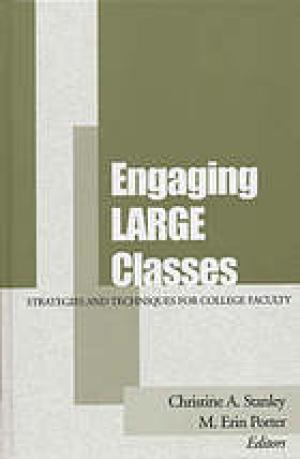
Large classes are a fact of life in higher education. With 100 or more students in fixed seating, how does a faculty member structure the class to promote student learning? How does one manage the logistics of such a class? Are there alternatives to the lecture format? Are there actually advantages to the large class? Engaging Large Classes addresses these and many other questions. Experienced teachers of large classes across a wide range of disciplines and institutions offer instructional strategies and advice for both new and experienced faculty members. What many of the contributors have learned is that large classes can be just as stimulating and rewarding as small ones, and that the large size can yield surprisingly positive opportunities. (From the Publisher)
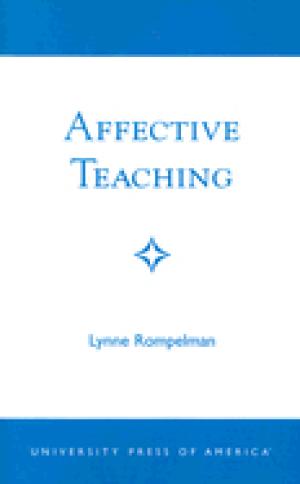
In Affective Teaching, Lynne Rompelman extends the research on the affective domain by incorporating students' and teachers' voices regarding the nature of caring of teachers within an academic setting. (From the Publisher)
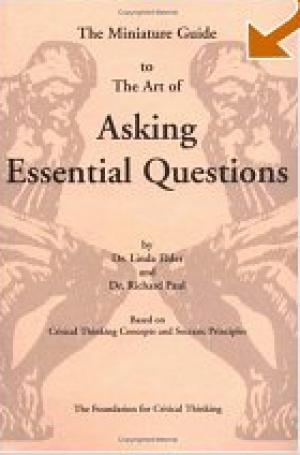
The quality of our lives is determined by the quality of our thinking. The quality of our thinking, in turn, is determined by the quality of our questions, for questions are the engine, the driving force behind thinking. Without questions, we have nothing to think about. Without essential questions, we often fail to focus our thinking on the significant and substantive. When we ask essential questions, we deal with what is necessary, relevant, and indispensable to a matter at hand. We recognize what is at the heart of the matter. Our thinking is grounded and disciplined. We are ready to learn. We are intellectually able to find our way about. To be successful in life, one needs to ask essential questions: essential questions when reading, writing, and speaking; when shopping, working, and parenting; when forming friendships, choosing life-partners, and interacting with the mass media and the Internet. Yet few people are masters of the art of asking essential questions. Most have never thought about why some questions are crucial and others peripheral. Essential questions are rarely studied in school. They are rarely modeled at home. Most people question according to their psychological associations. Their questions are haphazard and scattered. The ideas we provide are useful only to the extent that they are employed daily to ask essential questions. Practice in asking essential questions eventually leads to the habit of asking essential questions. But we can never practice asking essential questions if we have no conception of them. This mini-guide is a starting place for understanding concepts that, when applied, lead to essential questions. We introduce essential questions as indispensable intellectual tools. We focus on principles essential to formulating, analyzing, assessing, and settling primary questions. You will notice that our categories of question types are not exclusive. There is a great deal of overlap. (From the Publisher)
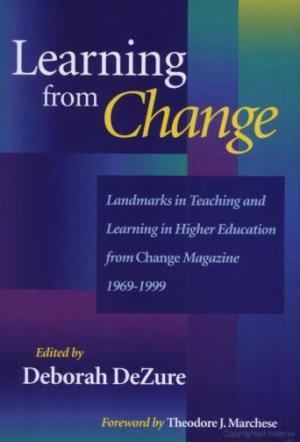
Since its inception in 1969, Change magazine has been the bellwether of higher education. It has framed the key issues confronting the academy, attracted the best minds, and shaped the debate. In this important collection, Deborah DeZure and a panel of contributing editors have selected landmark articles on teaching and learning in higher education published in Change from its launch to the present. Through the articles and incisive commentaries we follow the controversies, witness the reception of innovations, and trace the threads of continuity of the past thirty years. What emerges is both an indispensable set of perspectives and a rich resource of models and ideas. The book spans a period that began in the turmoil of student unrest in the 60's, and concludes at the close of 1999 with higher education grappling with the issues of purpose, accountability, technology and changing demographics. What is striking about these articles is the vitality and relevance of the voices from the past. They offer valuable insights and inspiration as we plan for the future, and consider how to foster effective teaching and learning environments. Organized by topic, the articles in each section are introduced by a recognized authority in the field. Deborah DeZure's Introduction and Conclusion offer both the context and an analysis of trends. Learning from Change constitutes both fascinating reading and an important compass for administrators in higher education, directors of faculty development, and deans, department chairs and faculty engaged in leadership roles in the academy. It is an invaluable introduction and survey for anyone who wants to familiarize him or herself with the issues and trends. (From the Publisher)
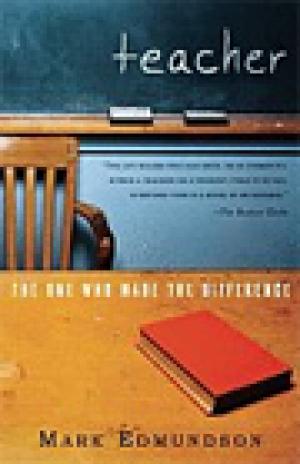
"When Frank Lears came to teach at Medford High School in the fall of 1969, he looked easy prey to Mark Edmundson and his school-hating pals. At the front of the class, they saw a small, nervous man wearing a moth-eaten suit two sizes too big, with a large paperclip fastened to the left lapel. Lears, just out of Harvard, struck the class as absurd, the kind of teacher they could torment at will. And for some time, they did just that." "But Edmundson and his classmates radically underestimated Frank Lears. Lears got rid of their tired textbooks and brought in Kesey, Camus, and Freud. He ran a group psychology experiment that no one in the room ever forgot. He opened the class to a panel of SDS members and a crowd of proto-Black Panthers. He risked life and limb in a snowball fight with Edmundson and his football-playing buddies. He shook things up." Lears's opposition to the lockstep life of Medford High got under the skin and into the minds of Mark Edmundson and his friends - friends like Dubby O'Day, a fatalistic goof-off majoring in spitball ballistics. The conflicting ways of life represented by Lears and Medford's formidable football coach, Mace Johnson, confronted Edmundson with a choice. At real cost - the cost of conformity and belonging - Edmundson chose to go Lears's way. (From the Publisher)
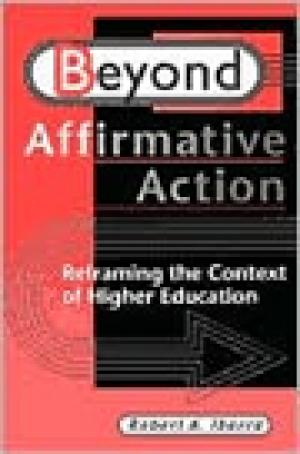
A century ago, universities were primarily in the business of molding upper-class young men for the professions. The world has changed, and universities have been forced to keep pace by experimenting with affirmative action, curriculum overhauls, part-time degree programs, and the like. But at the core of the modern university establishment is an ingrained academic culture that has operated in the same ways for centuries, contends Robert Ibarra, and in Beyond Affirmative Action, he calls for a complete paradigm shift. Why does academic culture, he asks, emphasize individual achievement over teamwork? Why do so many exams test discrete bits of knowledge rather than understanding of the big picture? Why is tenure awarded for scholarly publications rather than for sharing knowledge in diverse ways with students and a wider community? Why do undergraduates drop out? And why do so many bright graduate students and junior faculty—including many minorities, women, and some majority males—become disenchanted with academia or fail to be accepted and rewarded by the tenured faculty? Ibarra introduces a theory of "multicontextuality," which proposes that many people learn better when teachers emphasize whole systems of knowledge and that education can create its greatest successes by offering and accepting many approaches to teaching and learning. This revolutionary paradigm also addresses why current thinking about academic systems and organizational culture, affirmative action, and diversity must be revised. Ibarra bases his groundbreaking proposals upon his own synthesis of findings from anthropological, educational, and psychological studies of how people from variouscultures learn, as well as findings from extended interviews he conducted with Latinos and Latinas who pursued graduate degrees and then either became university faculty or chose other careers. From his perspectives as a practicing anthropologist, teacher, researcher, and administrator, Ibarra provides a blueprint for change that will interest: * Administrators developing campus strategic plans * Boards, commissions, and agencies making policy for educational institutions * Students and faculty struggling to find ways that academia can serve multiple constituencies * Academic and career advisors to students * Researchers in cognitive psychology, sociology, anthropology, education, and ethnic studies * Businesses rethinking their organizational cultures and strategies (From the Publisher)
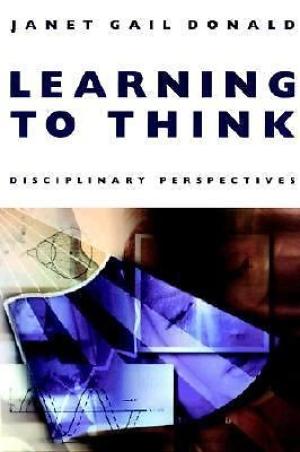
Learning to think in a discipline is a demanding scholarly task that is not often associated with the development of university students. Although the intellectual development of postsecondary students is gaining increased attention, relating student development to the process of inquiry in different disciplines is unexplored terrain. This book attempts to come to a deeper understanding of thinking processes by exploring the approaches to thinking taken in different disciplines and then considering how these could be applied to student intellectual development. Drawing on more than twenty-five years of research, Janet Donald shows how knowledge is structured and how professors and students perceive learning in their fields-and offers strategies for constructing and using knowledge that will help postsecondary institutions to promote students' intellectual development within and across the disciplines. The author first creates a framework for understanding student intellectual development and for learning to think in different disciplines. In succeeding chapters, she describes the principal methods of inquiry in each discipline and their effects on learning to think, examining what this means for students and how we might use it to improve the instructional process. For faculty members, this book provides insight into the representation and development of curricula, courses, and programs to improve teaching and learning processes. Professors of education may find a specific use for the comparisons across disciplines in planning courses on teaching methods, as an aid in providing students with insight into how disciplines or fields of study are constructed, and in refining their own conceptual framework in their field. Administrators, particularly of programs and departments, will find suggestions for policy initiatives that are needed to create a supportive learning environment and for organizing teaching and learning. (From the Publisher)